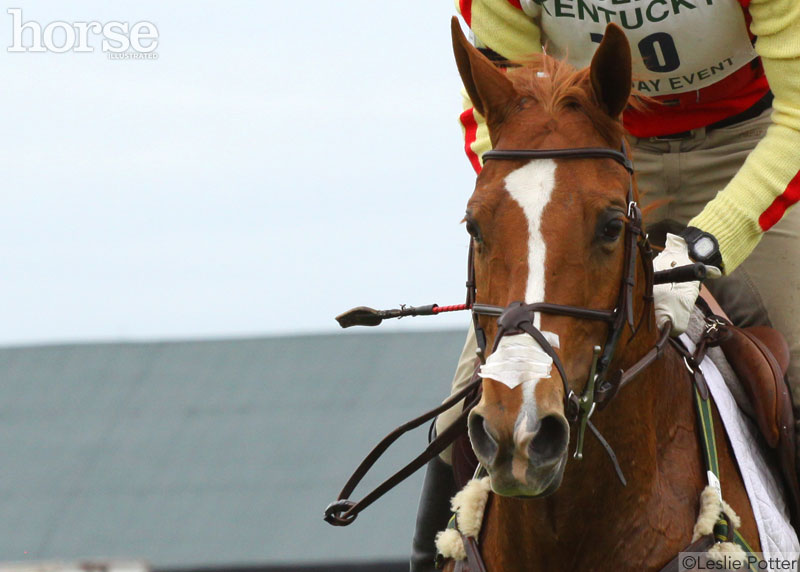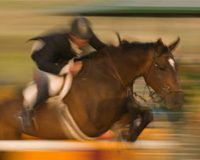Do not rely on huffing and puffing as an accurate fitness measurement. Too many riders gauge their horse’s adaptations to exercise by whether or not he breathes heavily when being ridden, and unfortunately this is not an adequate assessor. While respiration is in fact one of several fitness markers, it is by no means a sole determinant of a horse’s conditioning level.

Estimating fitness based on breathing rates provide only a vague guess. A more accurate means to determine actual conditioning is the use of a standardized fitness test performed under the same conditions at regular monthly intervals. In addition to respiration, you will measure heart rate, coordination, mental alertness, and recovery speeds. Together, these offer a more complete status of the horse’s condition.
Remember that, while it is tempting to prioritize breathing efforts when measuring fitness, this can lead to inaccurate assessments. It is also worth noting that horses make swift cardiovascular adaptations when placed in to an exercise program. Their cardiovascular systems show measurable gains as quickly as ten days after introduction to training, whereas their bones and soft tissues and muscle function requires up to six months to make similar improvements. This is one more reason to not rely soley on breathing rates for a full picture of health. Respiration rates are one small piece of a much larger equation when it comes to fitness timelines.
Liked this article? Here are others you’ll enjoy:
Video: Vary Riding Surfaces
Video: Learn to Love the Canter
Video: Feel Your Horse’s Muscle Development
JEC ARISTOTLE BALLOU is the author of 101 Dressage Exercises for Horse & Rider.







great info
Good to remember